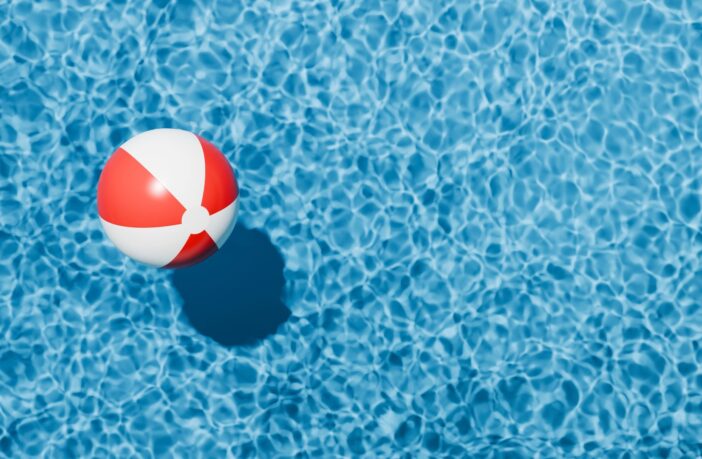In the face of rising temperatures due to climate change, the pool is a popular and historic pastime for a fun way to cool off. Before going to the pool, however, it is important to remember safety first.
On June 26, Nikki Fleming of the U.S. Consumer Product Safety Commission spoke to rolling out about pool safety.
Which communities are impacted most by drownings?
Drowning is the leading cause of death for children ages 1 to 4.
It’s so important to let parents and adults know that, as you’re trying to … keep cool for the summer, you need to be safe and be extra water-safety vigilant. This is the time of year when most drownings occur. Our latest data show nearly 400 children drown each year on average. We know these drownings can be prevented by following simple water safety steps.
We also noticed a disproportionate number of African Americans that are affected. Our most recent data shows out [that], of the 71 percent of the drownings where the race [of the victims]was known, about 23 percent were African American children — and they only represent about 15 percent of the population.
Now we have the information, how can we help further prevent losing some of our Black and Brown babies to drownings this summer?
We want all families to feel empowered.
Again, drownings can happen and impact any community, unfortunately. But in particular, with those disproportionately affected, we want to make sure you’re learning how to swim. It’s so important to ensure you learn how to swim. Make sure your children learn how to swim: sign them up [for classes], work with your pediatrician to find out the best time to start those swim lessons. The earlier, the better. The American Academy of Pediatrics recommends after at least one year of age.
Also, supervision is key. It’s a critical part to keeping your child safe in or around water. You never want to leave children alone in or around water.
Also, make sure you have layers of protection in place with the backyard pool. Things like a four-sided, four-foot fence with self-closing and self-latching gates. Make sure you have a door alarm. If one of the sides of your home allows for access to that pool, make sure you have a door alarm installed, [such as]a fence alarm, pull alarm. Also a pool cover. Again, layers of protection is key to keeping your child safe.
What items should families bring to pools?
Regardless of your child’s swimming ability, it’s so important to also supervise.
We talked about supervision being … a critical part. You want to make sure you’re not distracted, not reading a book, not looking at your cell phone. That [undistracted]person is actually designated as the “water watcher” to watch the kids in and around the water.
It’s important to note that many drownings do occur during “non-swim” time as well. That’s where those layers of protection come into play. Sometimes you may think your child is in one location, and they’re actually drawn and attracted to the water. So, it’s important to have those layered protections like a four-foot fence with a self-closing, self-latching gate.
What if you are a competitive swimmer or an athlete, is it OK for even a trained professional to swim alone?
It’s never a good idea to swim alone.
If you have that swimming ability, or swimming skill, an accident can happen if a physical impairment [or]injury occurs, and you can be in distress in the water.



